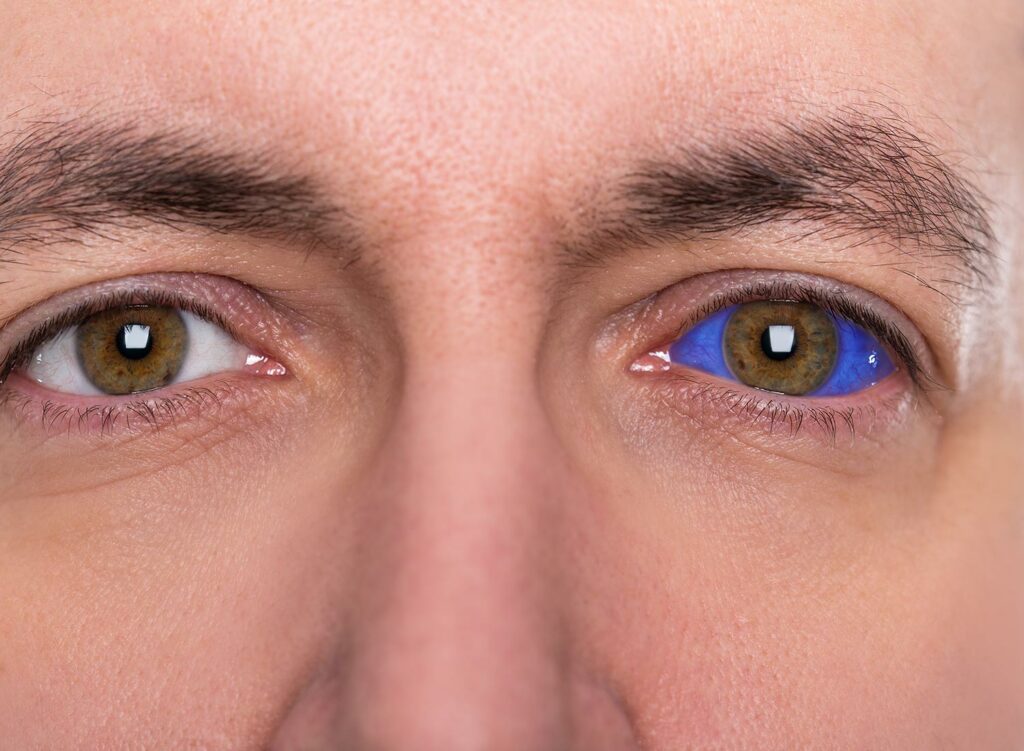Recently the NSW State Government came under fire for regulating “eyeball tattooing”. In this form of body modification tattoo ink is injected under the conjunctiva to colour the sclera. A tattoo artist, Luna Cobra, claims to have invented the procedure, and to have performed it on around 10 Australians.
This is clearly a specific tattoo niche, with a limited market. But there are major problems trying to regulate novel non-therapeutic procedures, because regulation implies that there is a safe way to perform the procedure. Skin tattooing is an ancient practice, and the earliest known tattoos were found on Otzi, the natural mummy found in South Tyrol, Italy, who lived between 3359 and 3105 BCE. The risks of skin tattooing are fairly well understood. Tattooing the sclera, on the other hand, is new, the long-term hazards are unknown, the risks of the procedure itself are many, and include blindness. The case of a man whose attempted eyeball tattoo resulted in eye penetration and tattoo pigment deposited inside his eye, requiring multiple surgeries to try and repair the damage, was published in August. There seems very little to be gained by attempting to regulate the practice, or in trying to judge who can, and who cannot, perform it safely. The sclera varies in thickness from 1.2mm down to 0.3mm in places, and perforation is a major risk anytime a needle goes near an eye. The needles I use to reattach extraocular muscles during strabismus surgery are specially designed to maintain a level within the sclera and reduce the risk of perforation.
Corneal tattooing has been used therapeutically, to restore a more normal appearance to a blind eye. The most effective way to achieve a good outcome is still not clear.
Kymionis GD1, Ide T, Galor A, Yoo SH. Femtosecond-assisted anterior lamellar corneal staining-tattooing in a blind eye with leukocoria. Cornea. 2009 Feb;28(2):211-3.
Jalil A, Ivanova T, Bonshek R, Patton N. Unique case of eyeball tattooing leading to ocular penetration and intraocular tattoo pigment deposition. Clin Experiment Ophthalmol. 2015 Aug;43(6):594-6.


